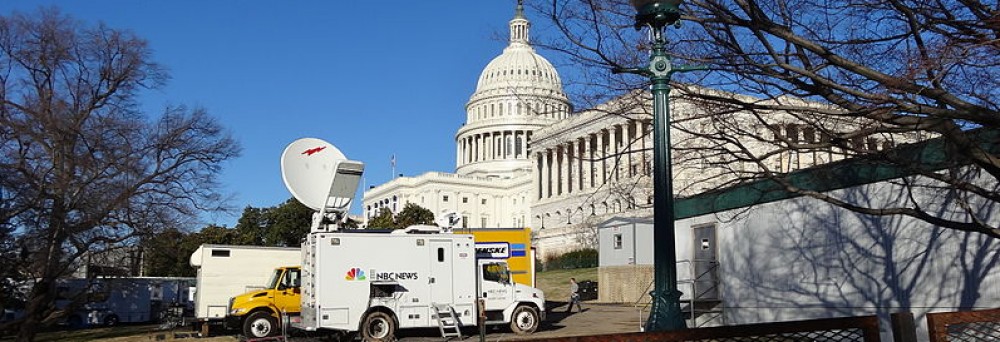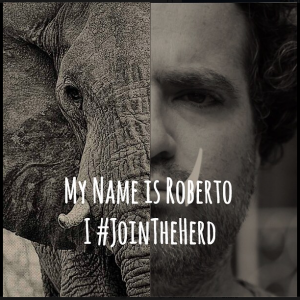By ETTY GROSSMAN
While I was trying to catch up with the weekly news, as I usually do during Sunday’s night, it was impossible not to read about a terrifying murder of an 18-year-old University of Texas student.
Haruka Weiser, a first-year theater and dance major, was last seen leaving the drama building Sunday night and was found dead two days’ later near the area of Waller Creek on campus.
The same information about the case could be found among all the different news media channels, even the same video was shown in order to help the police to identify the identity of the suspect.
Many emotional details and sentimental quotes about Weiser were attached, however, none of them provided family comments about the situation.
ABC News did a great job providing a timeline specifying how the events unfolded, according to the arrest affidavit.
The story ended up in the best way it could. On April 8, the police department announces that the killer, Meechaiel Khalil Criner, “had been taken into custody and charged with first-degree felony murder.”
This is not the first time a student has been killed. This is not the first time we read this type of news and this would not be the last time we get this type of sorties hitting front page because we are not doing anything about it.
Personally, I hate reading about murders, I don’t like the way in which news media address the topic. We don’t need to know whether the victim was wearing her mother’s bracelet or if she had plans to meet with someone that night; those are personal matters that, in my opinion, should remain personal.
It is important for people to know about this cases, but it is even more important that the same medium provides alternatives of how to prevent them. A perfect story after telling the event’s facts would be to give tips for university students or even a story challenging the University to become involved to talk about its security measures.
Even though we may be used to this type of news, we also have the power to ask for a different approach, a better approach, a more useful approach.

